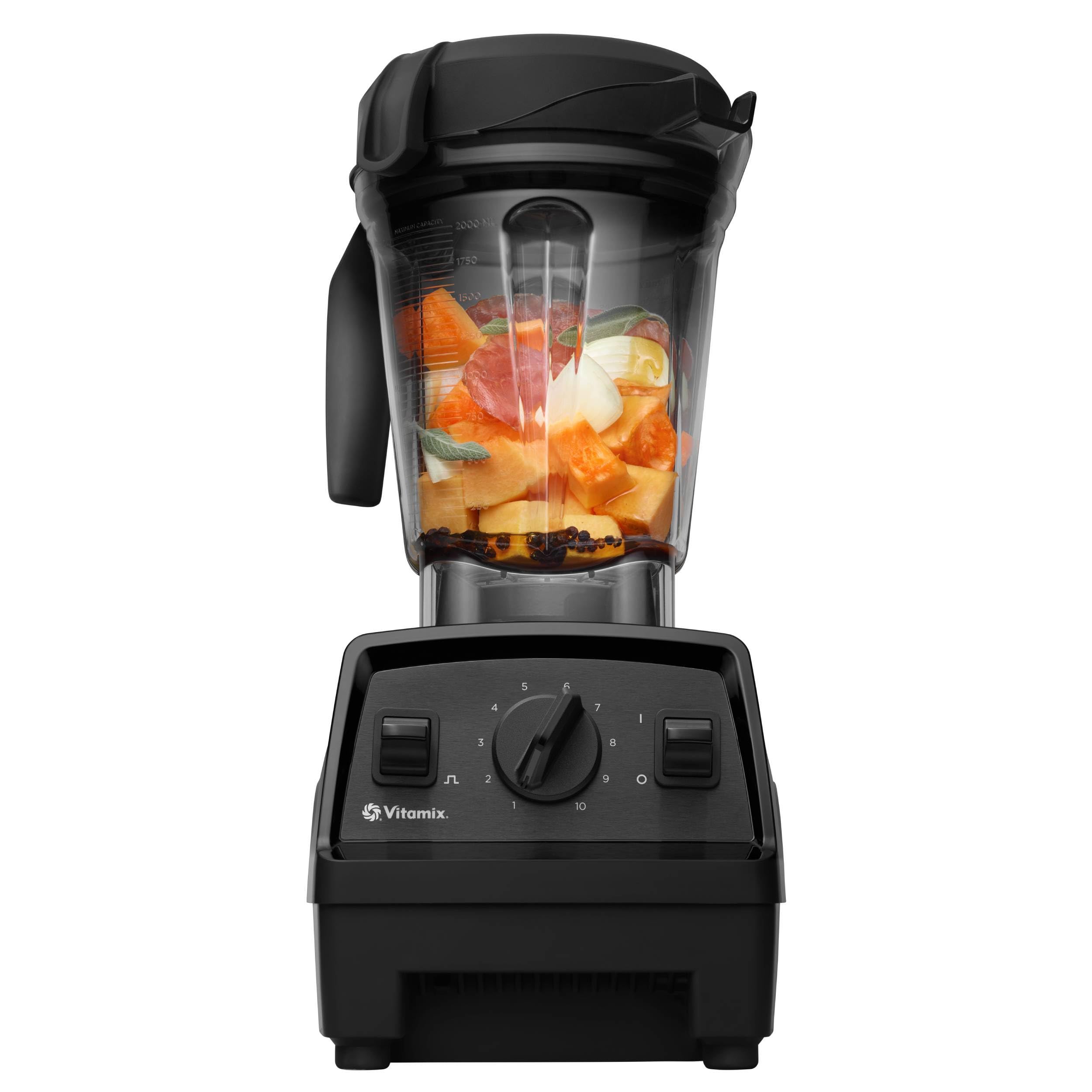Have you noticed water pooling around your indirect water heater? A leaking pressure relief valve could be the culprit. This common issue can lead to bigger problems if not addressed quickly, leaving you with unexpected repairs and higher utility bills.
In this article, you’ll learn what causes pressure relief valves to leak and how to spot the signs early. We’ll guide you through simple troubleshooting steps and provide tips for maintenance that can save you time and money. By the end, you’ll feel more confident in handling this situation and keeping your water heater in top shape.
Key Takeaways
- Identify the Problem: Look for water accumulation, frequent dripping, rust, or inconsistent water temperature as signs of a leaking pressure relief valve.
- Understand Causes: Common causes of leaks include overpressure situations, corrosion, wear, and sediment buildup in the system.
- Regular Maintenance: Conduct routine inspections, clean the valve, and replace aged components to prevent leaks and extend the lifespan of your indirect water heater.
- Immediate Solutions: Reduce water pressure, tighten connections, or use a bucket as temporary fixes until permanent repairs can be made.
- Upgrade Your System: Consider installing a water softener and an expansion tank to improve water quality and manage pressure fluctuations, enhancing system reliability.
- Safety First: Maintain the recommended pressure settings and temperature limits to ensure efficient and safe operation of your indirect water heater.
Understanding Indirect Water Heaters
Indirect water heaters use an existing heat source to heat water. They’re efficient and often integrate well into home heating systems.





What Is an Indirect Water Heater?
An indirect water heater relies on another system, like a boiler, to provide hot water. Instead of using a dedicated heating element, it circulates water through a heat exchanger. This method efficiently transfers heat from the boiler to the water, ensuring a reliable supply of hot water.
How Does It Work?
An indirect water heater functions by utilizing a heat exchange process. Hot water produced by the boiler flows through the heat exchanger. Cold water enters the heater and absorbs heat from the exchanger, warming it before it’s sent to the taps. The system typically maintains a constant water temperature, increasing efficiency and comfort in your home.
Importance of the Pressure Relief Valve
The pressure relief valve plays a critical role in maintaining safety and efficiency in indirect water heaters. This valve prevents excessive pressure build-up, ensuring safe operation and protecting your system from potential damage.
Functionality of the Pressure Relief Valve
The pressure relief valve operates by releasing water when the pressure exceeds a specific threshold. For example, if the water heater reaches 150 psi, the valve will open and release water to prevent further pressure increase. This action helps avoid leaks, ruptured tanks, or other serious failures. A properly functioning valve ensures that the entire heating system operates smoothly and stays within safe pressure limits.
Common Issues with Pressure Relief Valves
You might encounter several issues with pressure relief valves, including leaks, corrosion, or blockage.





- Leaks: A leaking valve often indicates a faulty component or excessive pressure. Regularly check for water pooling around the valve to catch problems early.
- Corrosion: Mineral build-up from hard water can lead to corrosion, reducing the valve’s effectiveness. Inspect and clean the valve periodically to maintain optimal performance.
- Blockage: Debris can obstruct the valve’s mechanism, preventing it from functioning. Schedule routine maintenance to prevent blockages from occurring.
Recognizing and addressing these common issues promptly enhances the longevity of your indirect water heater and ensures safe operation.
Causes of Indirect Water Heater Pressure Relief Valve Leaking
Understanding the causes of a leaking pressure relief valve helps you address issues effectively and maintain your indirect water heater. Here are the primary reasons for such leaks.
Overpressure Situations
Overpressure situations occur when the internal pressure in your water heater exceeds safe limits. These limits can arise from:
- Thermal Expansion: As water heats up, it expands. If your system lacks an expansion tank, pressure builds up.
- Faulty Temperature Controls: A malfunctioning thermostat can cause overheating, leading to excess pressure.
- Blockage in Vents: Blocked vent pipes prevent proper pressure relief, forcing fluid out of the valve.
Addressing these situations promptly ensures your system operates safely and efficiently. Regular inspections can help catch issues before they escalate.
Corrosion and Wear
Corrosion and wear affect the integrity of the pressure relief valve over time. Factors contributing to these issues include:





- Water Quality: Hard water or water with high mineral content can speed up corrosion of metal components.
- Age of the Valve: Older valves are more prone to wear and may leak as their seals deteriorate.
- Excessive Sediment Buildup: Sediment can accumulate in the heater, affecting pressure regulation and causing wear on the valve.
Routine maintenance and periodic replacement of worn valves can significantly enhance the longevity and performance of your indirect water heater.
Diagnosing the Problem
Identifying a leaking pressure relief valve on your indirect water heater requires keen observation and attention to detail. You can proactively resolve issues by knowing the signs and taking appropriate steps.
Signs of a Leaking Pressure Relief Valve
- Water Accumulation: Look for water pooling around the base of the water heater, which may indicate a leak from the pressure relief valve.
- Frequent Dripping: Notice if there’s consistent dripping from the valve outlet, signaling that it’s not sealing correctly.
- Corrosion: Check for rust or mineral buildup around the valve, which may suggest the valve is compromised or leaking.
- Inconsistent Temperature: If you experience fluctuations in water temperature, it might mean the valve isn’t functioning properly, affecting the heating efficiency.
- Inspect the Valve: Begin by examining the pressure relief valve for any visible signs of damage or wear.
- Check Valve Connections: Ensure all connections to the valve and nearby pipes are secure to rule out leaks from fittings rather than the valve itself.
- Monitor Pressure Settings: Use a pressure gauge to verify that the pressure levels are within the manufacturer’s recommended range.
- Review Temperature Settings: Verify that the thermostat isn’t set too high, as high temperatures can lead to overpressure and valve leaks.
- Examine Surrounding Areas: Inspect the area around the water heater, looking for dampness or discoloration in nearby walls or floors that could indicate a hidden leak.
Solutions and Repairs
Addressing a leaking pressure relief valve promptly prevents further complications. Here are effective solutions for both temporary and permanent fixes.
Temporary Fixes
- Reduce Pressure: If you notice a leak, check the pressure gauge. If the pressure exceeds the recommended setting (typically between 40 and 60 psi), reduce it by adjusting the boiler’s settings or turning off the water supply temporarily.
- Tighten Connections: Inspect the valve connections for looseness. A simple method to fix potential leaks involves tightening the fittings and ensuring they’re secure.
- Use a Bucket: Place a bucket or a small container under the valve outlet to catch leaking water. This minimizes water damage until you implement a more permanent solution.
- Replace the Valve: If the valve continues to leak after applying temporary fixes, replacing it is essential. Choose a valve compatible with your indirect water heater. Turn off the water supply, drain excess water, and disconnect the old valve carefully. Install the new valve following the manufacturer’s instructions.
- Inspect Water Quality: Poor water quality contributes to corrosion and leakage. Test your water for contaminants. Consider installing a water softener or filter system to improve water quality and prolong the valve’s lifespan.
- Schedule Regular Maintenance: Conduct routine inspections of your indirect water heater and its components. Schedule annual professional maintenance to catch issues early and ensure everything is operating efficiently.
- Adjust Temperature Settings: If thermal expansion is causing the overpressure, lowering the temperature settings on your boiler can help. Aim for a maximum temperature of 120°F (49°C) for optimal performance and safety.
- Install an Expansion Tank: Adding an expansion tank can alleviate pressure fluctuations caused by thermal expansion. It acts as a buffer, protecting the pressure relief valve and extending its lifespan.
Implementing these solutions ensures your indirect water heater functions effectively and safely, minimizing the likelihood of further leaks or related issues.
Conclusion
Taking care of a leaking pressure relief valve is crucial for the safety and efficiency of your indirect water heater. By staying alert to the signs of leaks and understanding the potential causes, you can tackle issues before they escalate. Regular maintenance and timely inspections will keep your system running smoothly and extend its lifespan.
Remember that a little proactive care goes a long way in ensuring a reliable supply of hot water. So don’t hesitate to check your valve and make adjustments as needed. With the right approach, you can enjoy peace of mind knowing your water heater is in good shape.
Frequently Asked Questions
What is an indirect water heater?
An indirect water heater uses an existing heat source, like a boiler, to heat water through a heat exchange process. It efficiently circulates water through a heat exchanger to maintain a constant temperature, ensuring a reliable and consistent supply of hot water.
What causes pressure relief valves to leak?
Leaking pressure relief valves can be caused by several factors, including overpressure situations from thermal expansion or faulty controls, corrosion from poor water quality, and general wear over time. Regular inspections can help detect these issues early.
How can I identify a leaking pressure relief valve?
Signs of a leaking pressure relief valve include water accumulation around the heater, consistent dripping from the valve outlet, visible corrosion, and fluctuating water temperatures. Early identification is crucial for preventing larger issues.
What are some troubleshooting steps for a leaking valve?
To troubleshoot a leaking pressure relief valve, check for visible damage, ensure connections are tight, monitor pressure and temperature settings, and inspect the surrounding area for hidden leaks. These steps can help pinpoint the problem.
What should I do if my pressure relief valve is leaking?
If your pressure relief valve is leaking, first try reducing pressure, tightening connections, and using a bucket to catch leaks temporarily. If the leak persists, replacing the valve and scheduling regular maintenance is essential for safety and efficiency.

Hey, I’m Jake. I focus on cooling systems at Appliance Mastery, like fridges, freezers, and air conditioners.
I’ve worked in appliance repair for more than ten years and I’m certified through NASTeC. I’ve seen just about every fridge issue you can imagine.
My goal is to help you fix problems without stress. Whether it’s a freezer that won’t cool or an AC that keeps beeping, I’m here to walk you through it.
